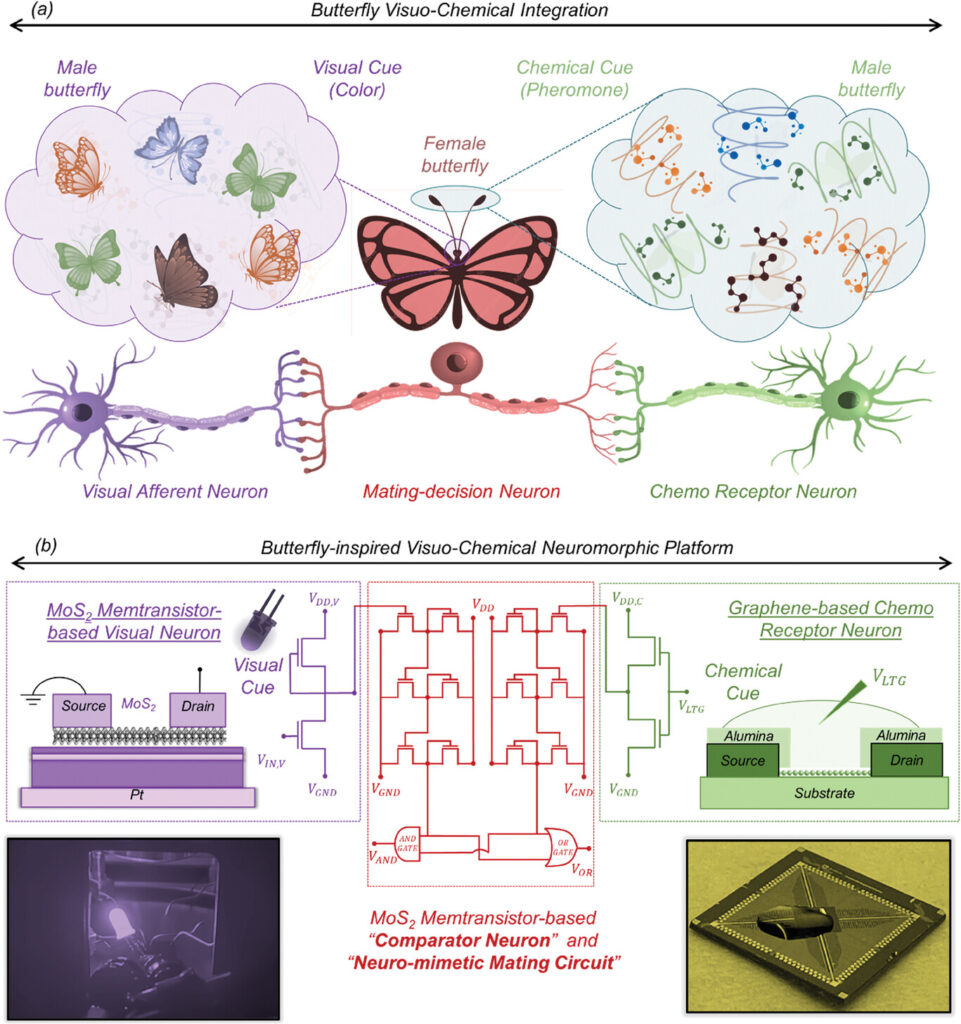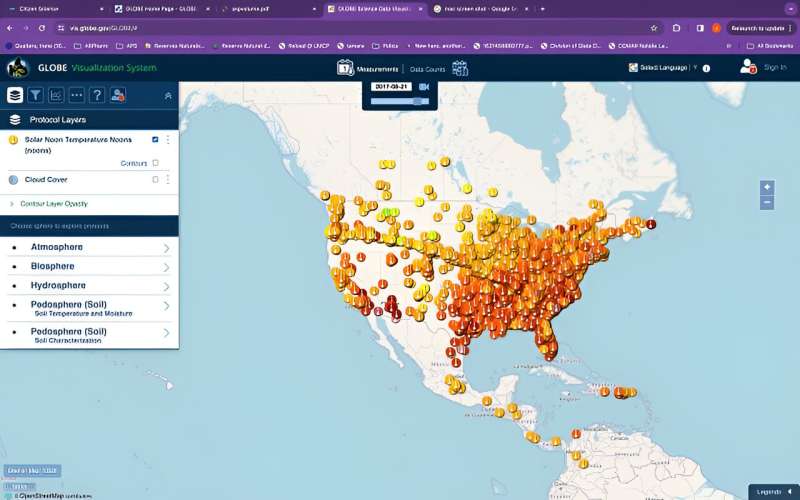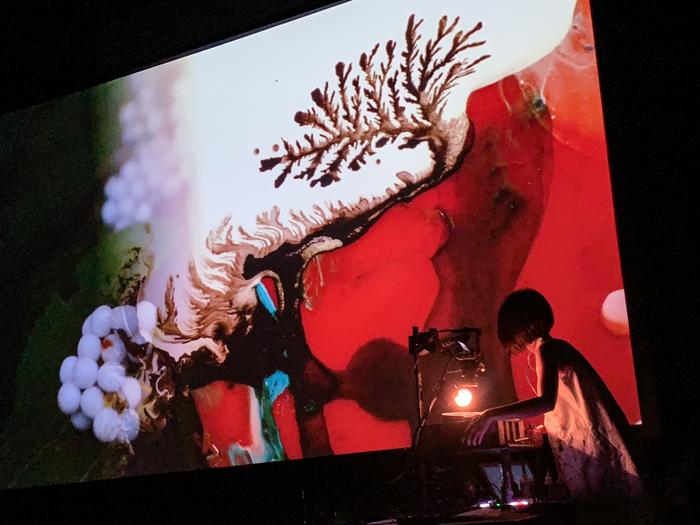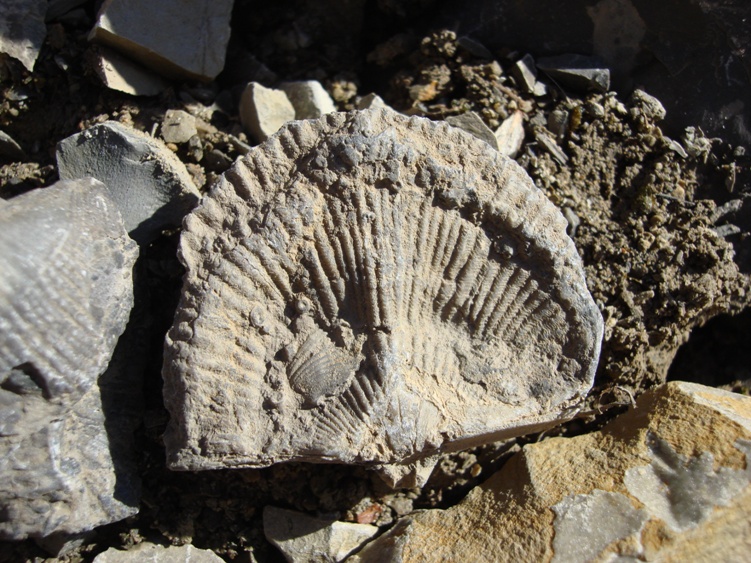While i don’t usually cover the topic of magnetic fields, this fascinating research required a combination of science and the humanities, a topic of some interest to me. First, there’s the news and then excerpts from Rae Hodge’s December 25, 2023 commentary “How 3,000-year-old Babylonian tablets help scientists unravel one of the weirdest mysteries in space” for Salon.
A December 19, 2023 University College London (UCL; also on EurekAlert but published December 18, 2023) explains how Babylonian artefacts led to a discovery about earth’s magnetic fields,
Ancient bricks inscribed with the names of Mesopotamian kings have yielded important insights into a mysterious anomaly in Earth’s magnetic field 3,000 years ago, according to a new study involving UCL researchers.
The research, published in the Proceedings of the National Academy of Sciences (PNAS), describes how changes in the Earth’s magnetic field imprinted on iron oxide grains within ancient clay bricks, and how scientists were able to reconstruct these changes from the names of the kings inscribed on the bricks.
The team hopes that using this “archaeomagnetism,” which looks for signatures of the Earth’s magnetic field in archaeological items, will improve the history of Earth’s magnetic field, and can help better date artefacts that they previously couldn’t.
Co-author Professor Mark Altaweel (UCL Institute of Archaeology) said: “We often depend on dating methods such as radiocarbon dates to get a sense of chronology in ancient Mesopotamia. However, some of the most common cultural remains, such as bricks and ceramics, cannot typically be easily dated because they don’t contain organic material. This work now helps create an important dating baseline that allows others to benefit from absolute dating using archaeomagnetism.”
The Earth’s magnetic field weakens and strengthens over time, changes which imprint a distinct signature on hot minerals that are sensitive to the magnetic field. The team analysed the latent magnetic signature in grains of iron oxide minerals embedded in 32 clay bricks originating from archaeological sites throughout Mesopotamia, which now overlaps with modern day Iraq. The strength of the planet’s magnetic field was imprinted upon the minerals when they were first fired by the brickmakers thousands of years ago.
At the time they were made, each brick was inscribed with the name of the reigning king which archaeologists have dated to a range of likely timespans. Together, the imprinted name and the measured magnetic strength of the iron oxide grains offered a historical map of the changes to the strength of the Earth’s magnetic field.
The researchers were able to confirm the existence of the “Levantine Iron Age geomagnetic Anomaly,” a period when Earth’s magnetic field was unusually strong around modern Iraq between about 1050 to 550 BCE for unclear reasons. Evidence of the anomaly has been detected as far away as China, Bulgaria and the Azores, but data from within the southern part of the Middle East itself had been sparse.
Lead author Professor Matthew Howland of Wichita State University said: “By comparing ancient artefacts to what we know about ancient conditions of the magnetic field, we can estimate the dates of any artifacts that were heated up in ancient times.”
To measure the iron oxide grains, the team carefully chipped tiny fragments from broken faces of the bricks and used a magnetometer to precisely measure the fragments.
By mapping out the changes in Earth’s magnetic field over time, this data also offers archaeologists a new tool to help date some ancient artefacts. The magnetic strength of iron oxide grains embedded within fired items can be measured and then matched up to the known strengths of Earth’s historic magnetic field. The reigns of kings lasted from years to decades, which offers better resolution than radiocarbon dating which only pinpoints an artefact’s date to within a few hundred years.
An additional benefit of the archaeomagnetic dating of the artefacts is it can help historians more precisely pinpoint the reigns of some of the ancient kings that have been somewhat ambiguous. Though the length and order of their reigns is well known, there has been disagreement within the archaeological community about the precise years they took the throne resulting from incomplete historical records. The researchers found that their technique lined up with an understanding of the kings’ reigns known to archaeologists as the “Low Chronology”.
The team also found that in five of their samples, taken during the reign of Nebuchadnezzar II from 604 to 562 BCE, the Earth’s magnetic field seemed to change dramatically over a relatively short period of time, adding evidence to the hypothesis that rapid spikes in intensity are possible.
Co-author Professor Lisa Tauxe of the Scripps Institution of Oceanography (US) said: “The geomagnetic field is one of the most enigmatic phenomena in earth sciences. The well-dated archaeological remains of the rich Mesopotamian cultures, especially bricks inscribed with names of specific kings, provide an unprecedented opportunity to study changes in the field strength in high time resolution, tracking changes that occurred over several decades or even less.”
The research was carried out with funding from the U.S.-Israel Binational Science Foundatio
Here’s a link to and a citation for the paper,
Exploring geomagnetic variations in ancient Mesopotamia: Archaeomagnetic study of inscribed bricks from the 3rd–1st millennia BCE by Matthew D. Howland, Lisa Tauxe, Shai Gordin, and Erez Ben-Yosef. PNAS (Proceedings of the National Academy of Sciences) December 18, 2023 120 (52) e2313361120 DOI: https://doi.org/10.1073/pnas.2313361120
This paper is behind a paywall.
The Humanities and their importance to STEM (science, technology, engineering, and mathematics)
Rae Hodge’s December 25, 2023 commentary explains why magnetic fields might be of interest to a member of the general public (that’s me) and more about the interdisciplinarity, which drove the project, Note 1: This is a US-centric view but the situation in Canada (and I suspect elsewhere) is similar. Note 2: Links have been removed,
Among the most enigmatic mysteries of modern science are the strange anomalies which appear from time to time in the earth’s geomagnetic field. It can seem like the laws of physics behave differently in some places, with unnerving and bizarre results — spacecraft become glitchy, the Hubble Space Telescope can’t capture observations and satellite communications go on the fritz. Some astronauts orbiting past the anomalies report blinding flashes of light and sudden silence. They call one of these massive, growing anomalies the Bermuda Triangle of space — and even NASA [US National Aeronautics and Space Administration] is now tracking it.
With all the precisely tuned prowess of modern tech turning its eye toward these geomagnetic oddities, you might not expect that some key scientific insights about them could be locked inside a batch of 3,000-year-old Babylonian cuneiform tablets. But that’s exactly what a recently published study in Proceedings of the National Academy of Sciences suggests.
…
This newly discovered connection between ancient Mesopotamian writing and modern physics is more than an amusing academic fluke. It highlights just how much is at stake for 21st-century scientific progress when budget-slashing lawmakers, university administrators and private industry investors shovel funding into STEM field development while neglecting — and in some case, actively destroying — the humanities.
…
… Despite advances in the past five years or so, archaeomagnetism is still methodologically complex and often tedious work, often cautious data sifting to arrive at accurate interpretations. The more accurate of which come from analyzing layers upon layers of strata.
But when combined with the expertise of the humanities — from historians and linguists, to religious scholars and anthropologists? Archaeomagnetism opens up new worlds of study across all disciplines.
In fact, the team’s results show that the strength of the magnetic field in Mesopotamia was more than one and a half times stronger than it is in the area today, with a massive spike happening sometimes between 604 B.C. and 562 B.C. By combining the results of archaeomagnetic tests and the transcriptions of ancient languages on the bricks, the team was able to confirm this spike likely occurred during the reign of Nebuchadnezzar II.
Hand in hand with the sciences, the LIAA [Levantine Iron Age Anomaly] trail was illuminated by historical accounts of descriptively similar events, recorded from ancient authors as far west as the Iberian peninsula and well into Asia. Archaeomagnetism has now allowed researchers to not only confirm the presence of the LIAA in ancient Mesopotamia from 1050 to 550 B.C. — itself a first for science — but offers cultural historians a new way to verify and apply context to a vast tide of early scientific information.
…
Hodge further explores the importance of interdisciplinary work, December 25, 2023 commentary, Note: Links have been removed,
The symbiotic interdependence between the humanities and sciences deepens further in the thicket of time when one considers that the original locations of the team’s fragments likely include the earliest known centers of astrology and mathematics in Sumeria, such as Nineveh near modern-day Mosul, Iraq. At the ancient city’s royal library of the Assyrian Empire, a site dating back to around 650 B.C., a trove of thousands of tablets were excavated in the mid-1800s containing precise astronomical data surpassing that found in any previous discovery.
Among those, the “The Plough Star” tablets bear inscriptions dating to 687 B.C. and are the first known instances of humans tracking lunar and planetary orbits through both the solar ecliptic and 17 constellations. The same trove yielded the awe-striking collection known as the Astronomical Diaries, currently held in the Ashmolean Museum at Oxford, originating from near modern-day Baghdad. The oldest of which dates to 652 B.C. The latest, 61 B.C.
Hermann Hunger and David Pingree, the foremost historians on their excavation, minced no words on their value to to modern science.
“That someone in the middle of the eighth century BC conceived of such a scientific program and obtained support for it is truly astonishing; that it was designed so well is incredible; and that it was faithfully carried out for 700 years is miraculous,” they wrote.
In his 2021 book, “A Scheme of Heaven,” data scientist Alexander Boxer cites the two historians and observes that the “enormity of this achievement” lay in the diaries’ preservation of a snapshot of celestial knowledge of the age which — paired with accounts of weather patterns, river water tables, grain prices and even political news — allow us to pinpoint historical events from thousands of years ago, in time-windows as narrow as just a day or two.
“Rivaled only by the extraordinary astronomical records from ancient China, the Babylonian Astronomical Diaries are one of, if not the longest continuous research program ever undertaken,” writes Boxer.
The cuneiform tablets studied by the UCL team extend this interdisciplinary legacy of the sciences and humanities beautifully by allowing us to read not only the celestially relevant data of geomagnetic history, but by reaffirming the importance of early cultural studies. One fragment, for instance, is dedicated by Nebuchadnezzar II to a temple in Larsa. The site was devoted to carrying out astrological divination traditions, and it’s where we get our earliest clue about the authorship of the Astronomical Diaries.
Charmingly, that clue appears in the court testimony of a temple official who gets scolded for sounding a false-alarm about an eclipse, embarrassing the temple scholars in front of the whole city.
…
These Neo-Assyrian and Old Babylonian astrologers gave us more than antics, though. In further records at Nineveh, they would ultimately help researchers at the University of Tsukuba [Japan] — some 2,700 years later — track what were likely massive solar magnetic storms in the area, enabled by geomagnetic disruptions that may be yet linked to the LIAA.
In their dutifully recorded daily observations, one astrologer records a “red cloud” while another tablet-writer observes that “red covers the sky” in Babylon.
“These were probably manifestations of what we call today stable auroral red arcs, consisting of light emitted by electrons in atmospheric oxygen atoms after being excited by intense magnetic fields,” the authors said. “These findings allow us to recreate the history of solar activity a century earlier than previously available records…This research can assist in our ability to predict future solar magnetic storms, which may damage satellites and other spacecraft.”
…
Hodge ends with an observation, from her December 25, 2023 commentary,
…
When universities short sell the arts and humanities, we humanities students might lose our poetry, but we can write more. The science folk, on the other hand, might cost themselves another 75 years of research and $70 billion in grants trying to re-invent the Babylonian wheel because the destruction of its historical blueprint was “an arts problem.”
If you have time, do read Hodge’s December 25, 2023 commentary.



